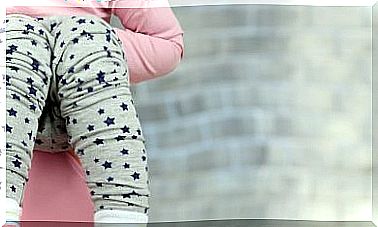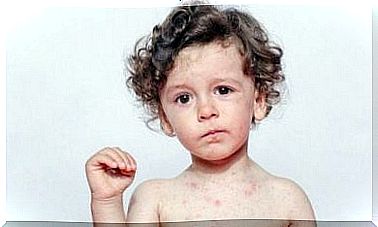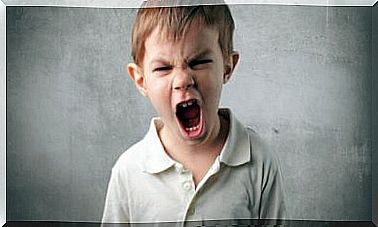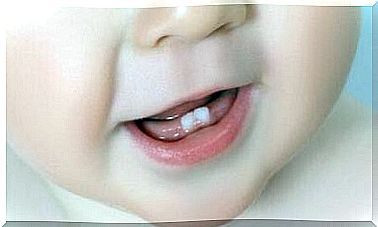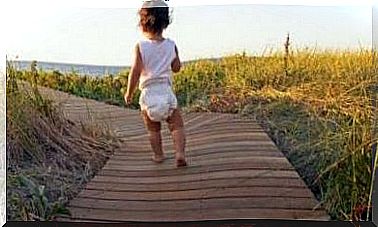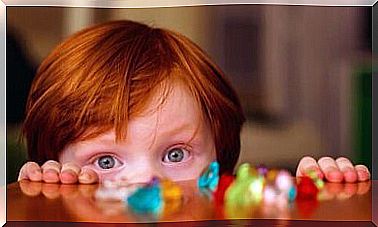How To Detect Lactose Intolerance In Babies
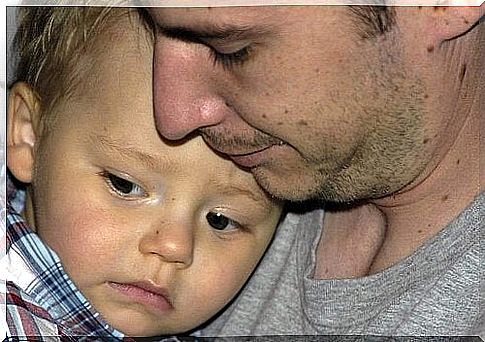
Being aware of various symptoms is the best way to detect lactose intolerance in babies. Here we will share the symptoms that characterize it.
Acute diarrhea is a sign of intolerance in babies, and from preschool age onwards, stomach pain and a bloated stomach are the main symptoms.
According to Dr. Sylvia Cruchet Intolerance is one of the main reasons why people visit gastroenterologists. She is a specialist in gastroenterology and pediatric nutrition.
Lactose intolerance in babies is characterized by diarrhea, bloating, abdominal pain, colic and irritation.
Children under the age of 2 can also have a bowel movement with a sour smell that sometimes smells of vinegar.
According to Cruchet, the most important factor is the occurrence of diarrhea in connection with the intake of lactose.
It is also important to study the relationship between lactose removal and the reduced incidence of diarrhea.
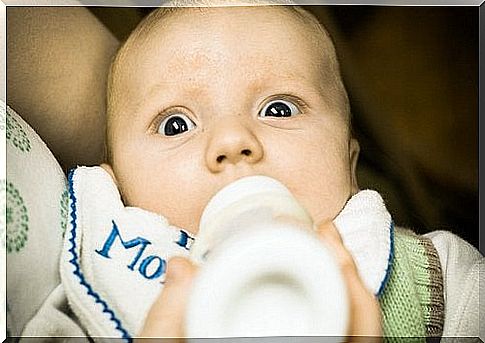
What is lactose?
Lactose is the main sugar in milk. According to experts in the substance, the main cause of lactose intolerance is the inability of the intestines to digest the substance and convert it into glucose and galactose.
The inability comes from a deficiency in an enzyme (protein) called lactase. Lactase production occurs in the small intestine.
An article published by Dr. Cruchet claims that 80% of the world’s population suffers from lactose intolerance to a greater or lesser extent. Many people have symptoms reminiscent of IBS.
She also points out that lactose intolerance is a form of harmful reaction to food. Lactose intolerance is 5-10 times more common than allergic reactions.
Too much lactose
Lactose occurs in breast milk in mammals from the end of pregnancy.
Lactose is the main source of carbohydrates for both premature and newborn babies. Breast milk contains around 7% lactose, which is quite a lot compared to other mammals. Cow’s milk, for example, contains only 4% lactose.
There are different types of lactose intolerance in babies:
- Congenital (congenital) lactose intolerance
- Primary lactose intolerance
Congenital lactose intolerance is very uncommon and probably genetic. Symptoms begin at birth.
One symptom that can identify congenital intolerance is diarrhea that occurs when the baby begins to breastfeed. The same applies to cow’s milk or other products that contain lactose.
These children are usually in good health and have a good appetite, but pretty soon they start to show signs of dehydration and acidosis.
Failure to provide the child with appropriate treatment can lead to secondary malnutrition. According to Dr. Cuchet improves symptoms if you stop taking lactose.
Primary lactose intolerance, on the other hand, is due to a normal decrease in the enzyme lactate in the intestinal mucosa.
The intolerance occurs after the baby has stopped breastfeeding. A large part of the human population suffers from it.
Lactose intolerance can more often occur among populations living in poor sanitation. It is due to repeated gastrointestinal infections and malnutrition.
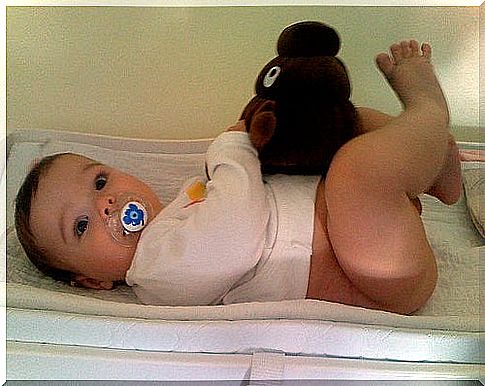
To diagnose lactose intolerance
According to Dr. Sylvia Cruchet diagnoses lactose intolerance in babies mostly through the pH and the substances in the stool.
The diagnostic method is especially useful for newborns, but becomes less reliable in adulthood.
You can also do a breath test. However, the child must be old enough to be able to blow through the tube.
